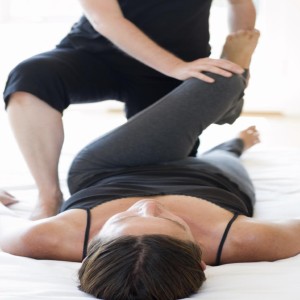 Any one at any age can have balance and mobility issues. These types of issues can be caused by an illness, injury, or as a natural progression as we age. When you are dealing with a balance or mobility issue you can increase the chance of sustaining an injury from a fall. A physiotherapist can help to treat these symptoms and can help to increase your range of motion, strengthen your muscles, and improve your posture.
Any one at any age can have balance and mobility issues. These types of issues can be caused by an illness, injury, or as a natural progression as we age. When you are dealing with a balance or mobility issue you can increase the chance of sustaining an injury from a fall. A physiotherapist can help to treat these symptoms and can help to increase your range of motion, strengthen your muscles, and improve your posture.
The physiotherapists at Diversified Health are trained to assess joint mobility, muscular strength, balance and gait patterns. Part of their assessment is to identify deficits and come up with a program to improve such key issues as quadriceps and gluteus (thigh and buttock) strength. The practitioners will advise you on which specific strength, mobility and balance exercises would be most beneficial for you, and will make suggestions on functional ways to work on these exercises at home or at the gym.
Balance is dependent on core stability, hip and leg muscle control and visual systems. There are two types of balance; static balance when you are not moving, and dynamic balance when you start to move.
Related conditions poor balance can affect:
- Achilles Tendon
- Back Muscle Pain
- Facet Joint Pain
- Hamstring Strain
- Knee Injuries
- Muscle Strain
- Overuse Injuries
- Sciatica
- Plantar Fasciitis
At Diversified Health, some specific exercises you might be shown include wall squats, bridging, or outer hip strengthening. You might use tools such as balance boards, BOSU balls, the Vibe machine, and various other cardio or weight equipment. Other treatment options include: Gait Analysis, Ultrasound, Supportive Taping & Strapping, TENS Machine and Laser therapy.


